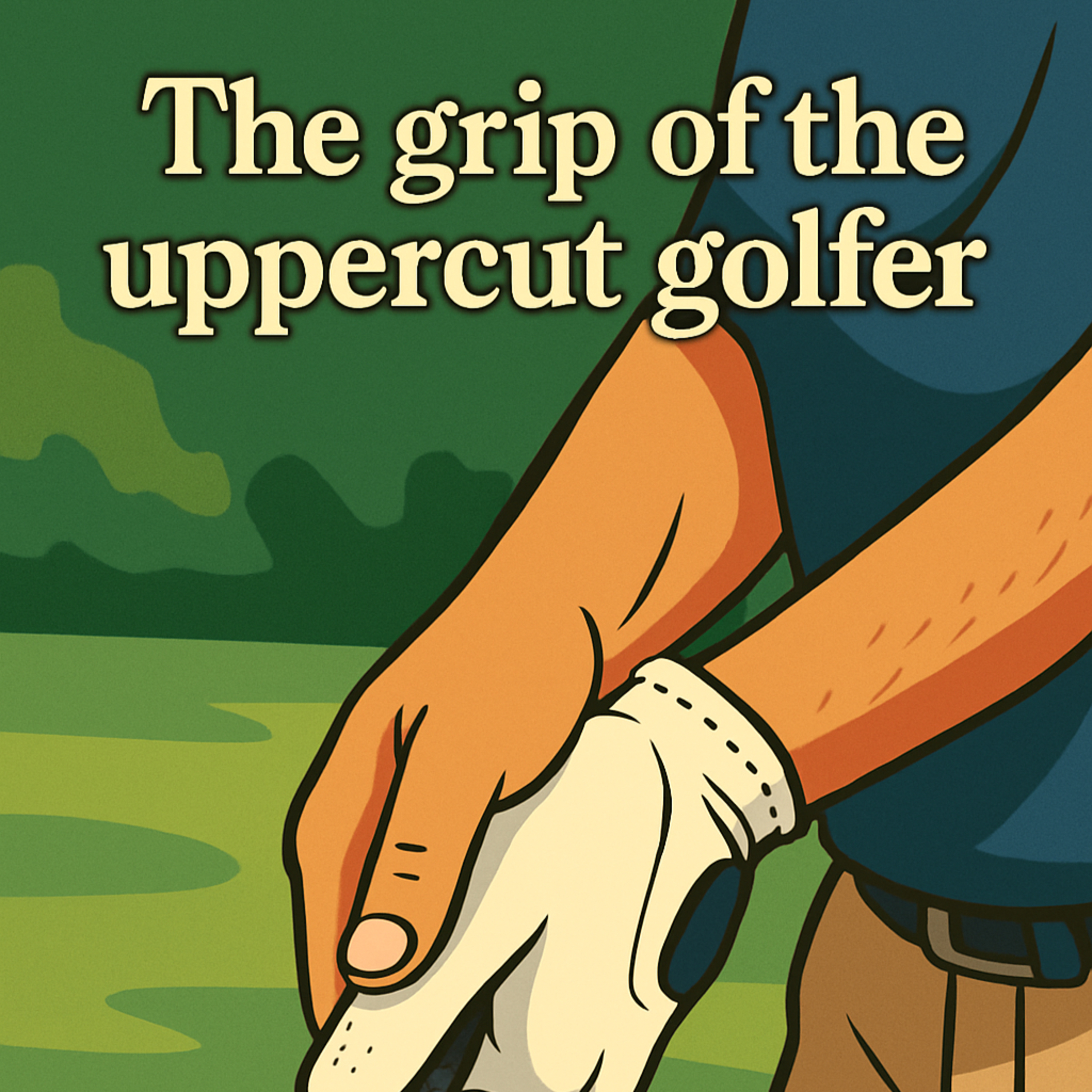#234 Upper Core Golfer – Grip Analysis
- Author
- Golf247.eu
- Published
- Sun 25 May 2025
- Episode Link
- https://podcasters.spotify.com/pod/show/puttin-pro/episodes/234-Upper-Core-Golfer--Grip-Analysis-e33anub
The podcast describes the typical grip of what is known as the Upper Core Golfer. This profile is characterized by the use of “Long Thumbs” and a weak grip position, where the hands (for right-handed players) are neutral to slightly rotated to the left. This grip results in less forward shaft lean at impact and supports the characteristic diagonal hinging motion of the club for this type of player. However, the clubface tends to remain open, which can cause the ball to fly to the right if not compensated for.
Based on the available sources, the key points are as follows:
- “Long Thumbs”
The club shaft lies near the first knuckle of the middle finger and the palm of both hands. This results in the thumbs – especially the left thumb for right-handed players – being stretched out over the club. Tip: The thumbs should be relaxed and “long” to allow for easier club rotation and hinging.
- Weak Grip
The “Long Thumbs” position encourages a weak grip, meaning the hands wrap around the club in a neutral to slightly left-rotated position.
- Reduced Shaft Lean
Due to the weak grip, the shaft remains more upright at impact instead of displaying significant forward lean (“shaft lean”).
- Support for Diagonal Hinging Motion
This grip configuration promotes the diagonal hinging motion typical of Upper Core Golfers. The club tilts slightly out of the palm during the backswing, supporting dynamic movement.
- Setup for Swing Mechanics
The grip serves as a setup for the entire club movement and impact. It defines the swing mechanics from the start.
- Impact on Clubface and Ball Flight
The weak grip keeps the clubface open, causing the ball to tend to fly to the right – unless compensated by swing path or clubface rotation. Practical tip: Actively close the clubface to control the ball’s flight direction.
Summary
The grip of the Upper Core Golfer is a carefully designed combination of Long Thumbs, weak grip, and reduced shaft lean. It is specifically tailored to support the diagonal hinging motion of this player type. Conscious clubface control is required to optimize ball flight.
